Since the 1980s there has been considerable research into the causes and effects of, and diagnosis, treatment and therapies for, the late effects of polio and post-polio syndrome. Sadly, in Australia, there has been little interest or research in this area.
The post-polio research database on this website seeks to bring relevant, credible, peer-reviewed post-polio research papers to inform health professionals working with post-polio patients. In this endeavour, Polio Australia is grateful to Post-Polio Health International, Dr Mary Westbrook, Dr Farid Khan and Paul Cavendish, for their assistance in developing the database.
There are currently 442 research papers recorded in the database. For ease of locating papers of interest, they may be recorded in more than one relevant category. Note that research papers are being added to the database on an ongoing basis so the absence of any particular paper on this website as of its last update is not a reflection on the value of that paper.



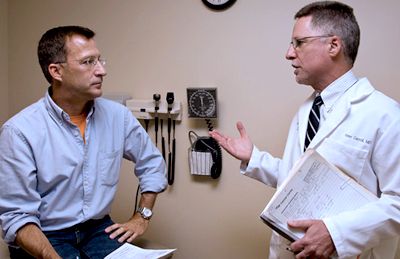
Where applicable, the efficacy of post-polio research in this database is rated as effective, or more research required, or not effective. (259 papers)
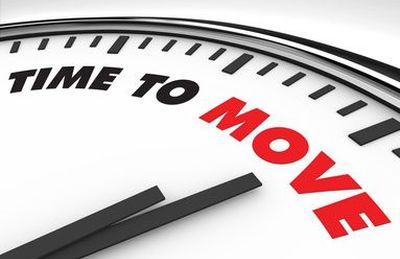
A selection of studies which focus on functional abilities and health related quality of life issues for polio survivors. (12 papers)
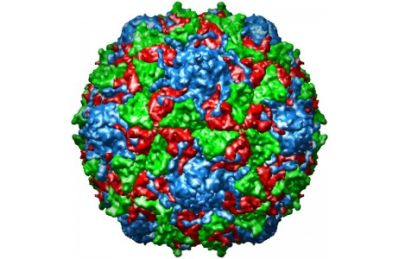
These papers discuss polio and other forms of acute flaccid paralysis, which is characterized by rapid onset of weakness of lower motor neurones. (5 papers)

These studies explore the impact of ageing with LEoP and the prevalence and associations of secondary health conditions related to age. (9 papers)
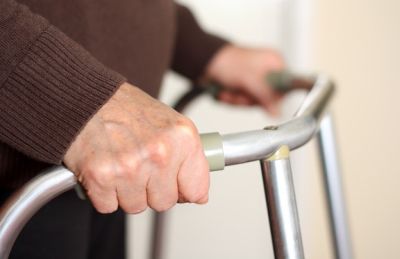
Studies discussing the impact of assistive technology on symptom management, mobility, and quality of life. (8 papers)

These papers propose that polio survivors should have access to the treatments that they perceive as important. (10 papers)
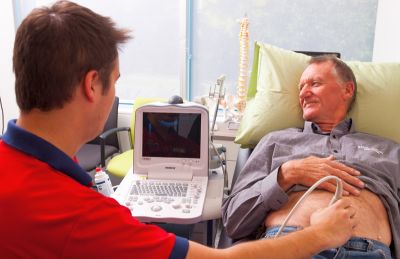
Studies looking at prevalence, correlation to gender and age, and the inconvenience experienced by polio survivors. (3 papers)

These studies discuss the diagnoses of new LEoP problems, implications for treatment, and areas for future research. (61 papers)

Trials and studies on pharmacological therapy and intervention for post-polio symptoms. (18 papers)
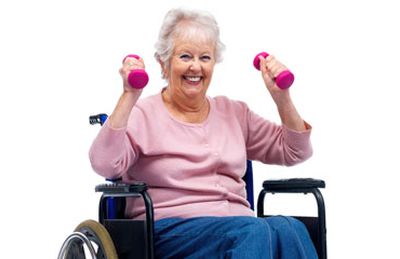
Studies evaluating effects of, and contraindications for, exercise in individuals with the LEoP, clinical assessment, and exercise prescription. (30 papers)
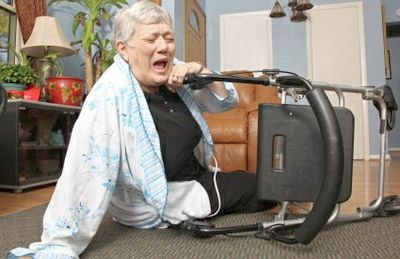
Studies reviewing risk factors, occurrence, and consequences of falls amongst the post-polio population. (18 papers)

Studies measuring fatigue in the post-polio population and suggestions for management strategies. (22 papers)
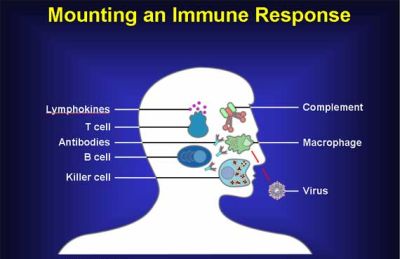
Studies evaluating autoimmune processes following the initial polio infection. (4 papers)
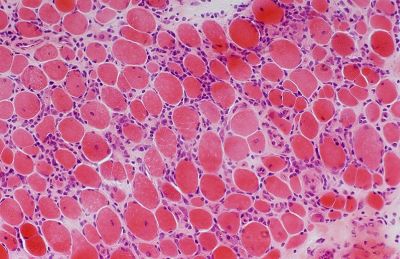
Studies exploring the hypothesis of intrathecal chronic inflammation to explain the denervation observed in PPS. (5 papers)
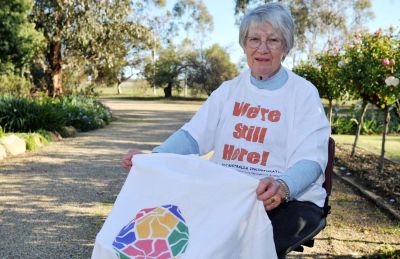
The LEoP studies incorporate Post-Polio Syndrome (PPS) and Post-Polio Sequalae and relate to aetiology and neuromuscular function. (50 papers)
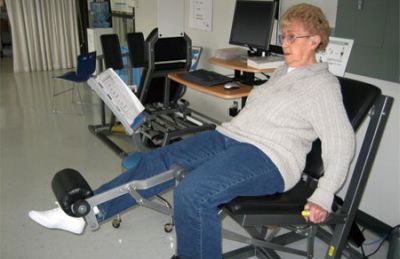
These studies explore testing for muscle strength and the role of strengthening exercises for polio survivors. (19 papers)
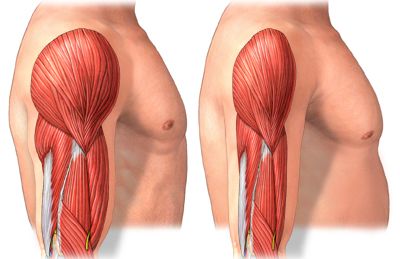
Studies that identify potential risk factors for the development of progressive post-polio muscular atrophy. (5 papers)
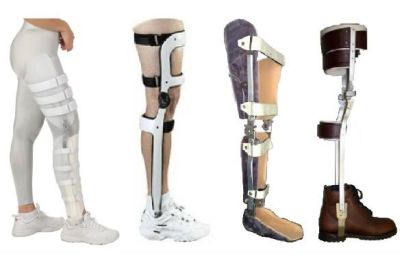
Studies examining and evaluating gait symmetry in post-polio patients and the efficacy of various orthoses. (18 papers)
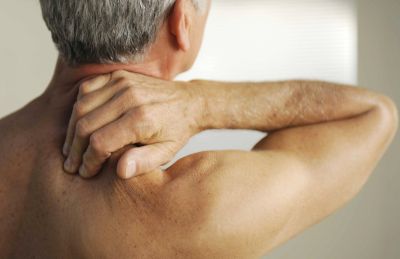
Studies that analyse pain, both nociceptive and neuropathic, and make recommendations for multidisciplinary approaches to pain management. (12 papers)
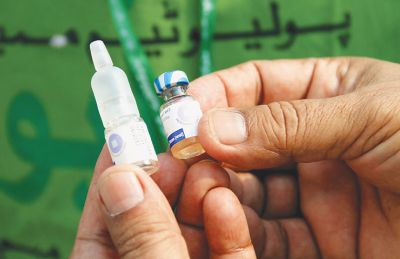
These studies discuss the types, efficacy, and safety of polio vaccines. (16 papers)
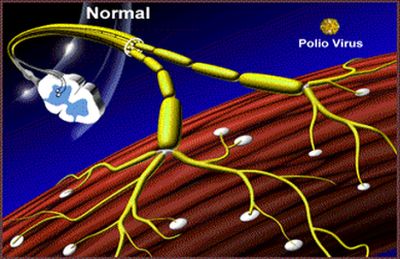
Studies looking at distal degeneration of post-polio motor units with resultant irreversible muscle fibre denervation. (37 papers)

Studies that examine prevalence of psychological distress and depression, and the associations among measures of psychosocial factors, pain, and adjustment. (21 papers)

These studies explore topics including the impact of pain, fatigue, assistive technology, and hope on the Quality of Life (QOL) of polio patients. (34 papers)
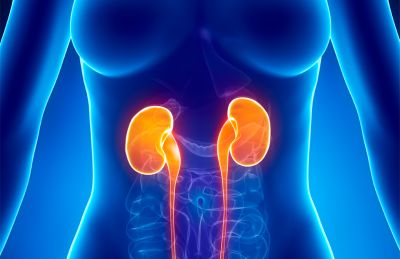
These papers caution that polio survivors may have severe hyperkalemia muscle weakness and could have renal failure even with a normal creatinine level. (1 paper)
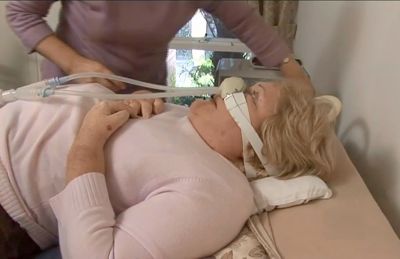
Studies reviewing the diagnosis of sleep-disordered breathing in neuromuscular diseases, and optimising non-invasive ventilation settings. (21 papers)
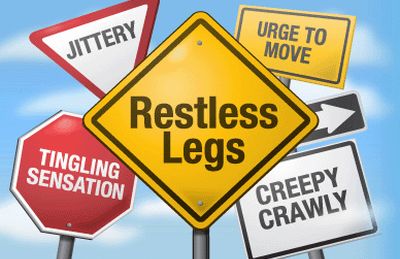
These studies investigate the prevalence of restless legs syndrome (RLS), fatigue and daytime sleepiness in polio survivors. (5 papers)
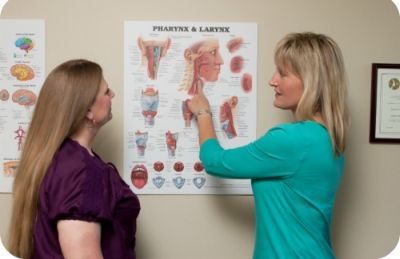
These papers identify risk factors for the development of progressive Dysphagia and Dysphonia symptoms within up to 25% of the post-polio population. (6 papers)

Polio survivors may present potential problems for the anaesthetist but careful assessment and planning should minimise the risk of perioperative complications. (14 papers)

These papers review the role of rehabilitation physicians and counsellors in assisting post-polio clients with work-oriented interventions. (8 papers)
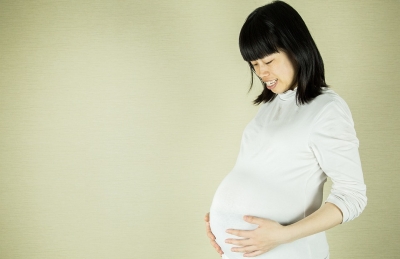
These papers cover issues such as pregnancy, childbirth and menopause in post-polio women. (9 papers)


